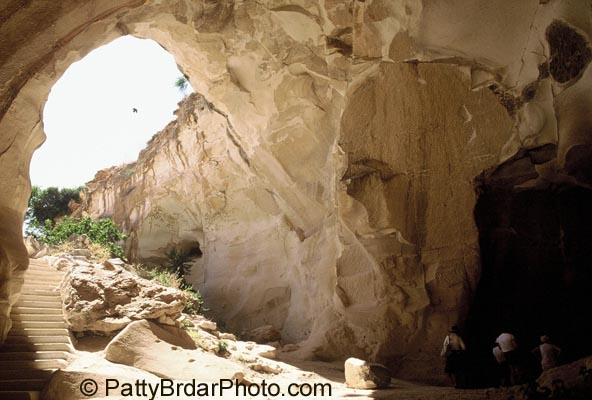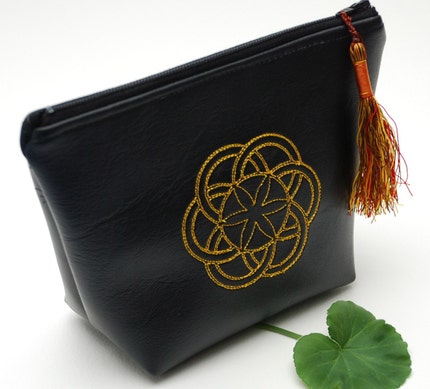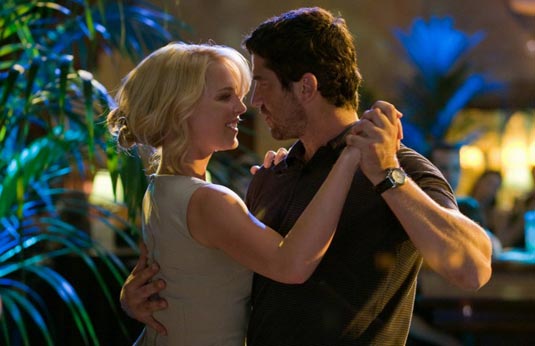Why teach the arts? Art inspires learning | csmonitor.com
Posted using ShareThis
Like a waterfall in slow motion, Part One
3 years ago






 Merkaba (also spelled "Merkabah") is commonly known as a "light body", chariot or vehicle that is used for inter-dimensional travel. To some it appears as a 3-dimensional star tetrahedron (pictured left). It is used to transport the spirit-body from one dimension to another. "Mer" means Light, "Ka" means Spirit, and "Ba" means Body. The Merkaba is constructed by some, using mantras, mudras, meditative techniques and prana to energize a 3-dimensional star tetrahedron. Trying to operate a Merkaba chariot without a fully-evolvedKundalini and Antahkarana is like trying to operate a car with missing engine parts.
Merkaba (also spelled "Merkabah") is commonly known as a "light body", chariot or vehicle that is used for inter-dimensional travel. To some it appears as a 3-dimensional star tetrahedron (pictured left). It is used to transport the spirit-body from one dimension to another. "Mer" means Light, "Ka" means Spirit, and "Ba" means Body. The Merkaba is constructed by some, using mantras, mudras, meditative techniques and prana to energize a 3-dimensional star tetrahedron. Trying to operate a Merkaba chariot without a fully-evolvedKundalini and Antahkarana is like trying to operate a car with missing engine parts. 
Just Sharing a bit of good news. One of my pieces, Bismillah Raven, was gifted to the Governor General of Canada by the Ismaili Community in Vancouver this week. The call to purchase the piece came totally out of the blue. The Raven has finally flown.Attached is the photo-op shot and a longer article about the event the GG was attending in her capacity as Truce Patron. http://www.theismaili.org/cms/840/spinnerBack StoryBismillah Raven came out of an artist residency at the Roundhouse Community Center in 2002. Amir Ali Alibhai invited Aaron Nelson Moody, from the Squamish Nation and myself to work with Ismaili youth (mostly from Afghanistan). The Residency was called "Avaaz" or "Voice", appropriately so. Aaron taught Ismaili youth how to make their first deer skin and cedar hand drum, a right of passage in the Squamish Nation, which a young person makes, decorates and then gifts back to the community. The hand drum represents the Voice. Aaron also shared with us ways, beliefs and rituals from the Squamish Nation and we shared ours, from the "Ismaili Nation". The wonderful thing was how many similarities there were between our cultures. And yet we found there was so much new to learn from each other.Every Saturday we met at the Roundhouse, beginning with the Talking Circle, introduced to us by Aaron. Aaron brought his Eagle Feather to use as a talking stick, explaining its significance to the youth. Later on, when there was a presentation by a First Nations Artist at their school, the students were asked if they understood the Eagle Feather. A usually shy recent immigrant Afghani girl put up her hand and answered the question, to everyone's surprise. The empowerment she felt that day stayed with her for quite a while.Many empowering moments came from this cultural sharing. Here are some more. The residency took place at the time when the Gulf War had just begun. The youth were being harassed at school for their ethnicity and faith. At first, they wouldn't say much but as the weeks went by, they began to feel safe enough to share. Slowly the stories came out. And with the pain stories came sufi poetry, inspiring quotes from the Aga Khan and emails from friends that were their foundational pieces for hope, faith and courage in these trying times and eventually, in their drum paintings. The cultural sharing and art making gave them a venue, a third space, in which to express themselves in ways that were not present in the rest of their lives.Bismillah Raven was born out of a request made of me by the youth: they wanted to give Aaron a gift in gratitude for all that he had shared with us. Design something, please, they said. And so I did. Bismillah Raven represents the coming together of two cultures, two belief systems, two ways of art making. In the Squamish tradition, Raven, a wise trickster who keeps human kind on their toes, represents the Creator. Raven is drawn abstractly in a distinct style using ovoids and colours found in the West Coast of Canada. In our traditions, Allah’s voice is represented in calligraphy formed into geometric or abstract animal shapes. Bismillah Raven is Raven meets Allah, Squamish Nation meets Ismaili Muslim.
So where will the Raven fly to next? Interesting to see....I will have to cultivate the patience to bird watch!














 This morning was one of those tough ones. You know, the ones when you wake up tired of the struggle because its been going on too long with no perceptible movement. I lay there in bed, tears seeping out of the corners of my eyes, feeling helpless and stuck. But it didn't last for long. Thank God/dess! And it did get me thinking about struggle (stemming from that eternal question, "WHY?") and what it's all about.
This morning was one of those tough ones. You know, the ones when you wake up tired of the struggle because its been going on too long with no perceptible movement. I lay there in bed, tears seeping out of the corners of my eyes, feeling helpless and stuck. But it didn't last for long. Thank God/dess! And it did get me thinking about struggle (stemming from that eternal question, "WHY?") and what it's all about.  Stuff happens that we mere mortals cannot control. "Struggle is the meaning of life" implies that there is a requirement that we roll with it. It's not so much powerlessness as acceptance of the way things are.
Stuff happens that we mere mortals cannot control. "Struggle is the meaning of life" implies that there is a requirement that we roll with it. It's not so much powerlessness as acceptance of the way things are. 